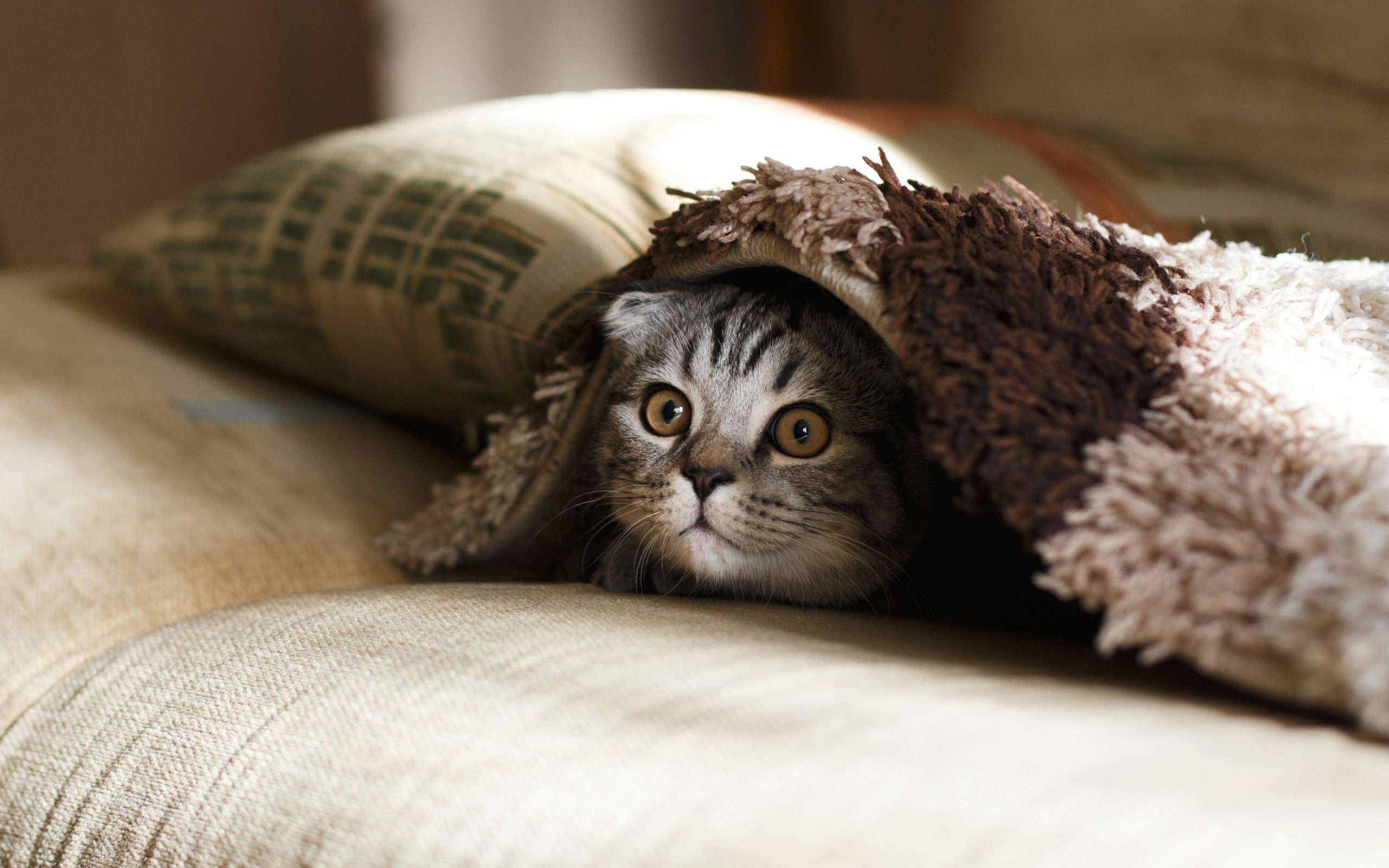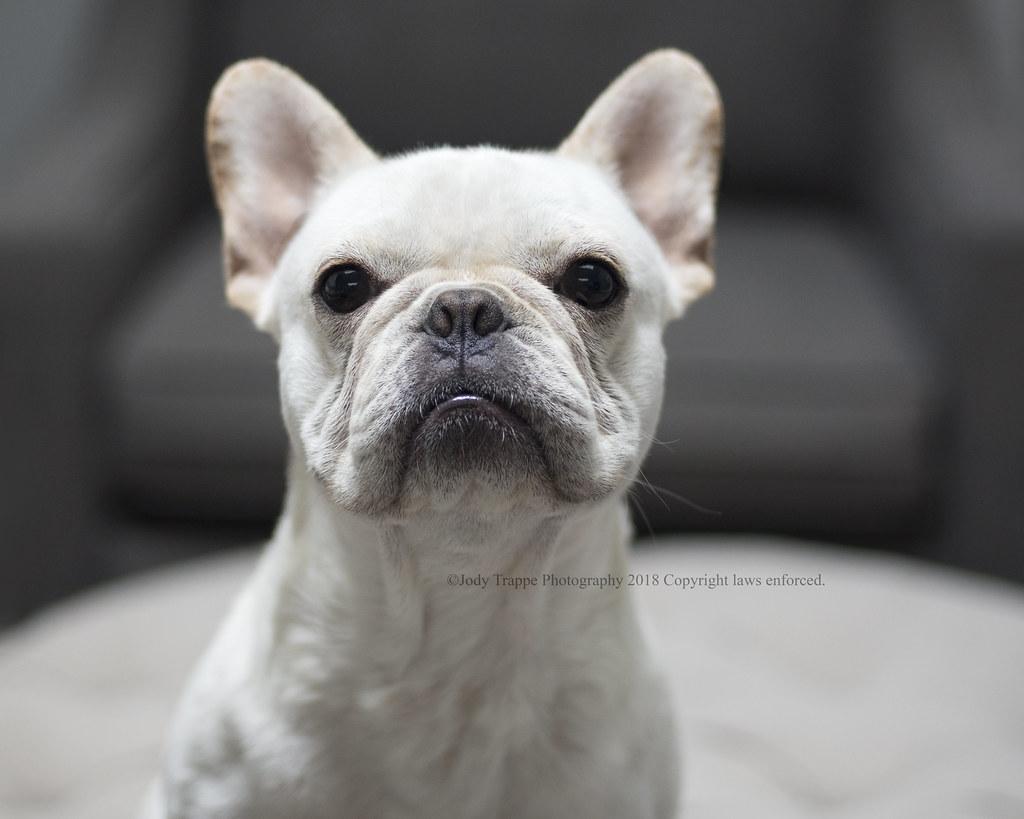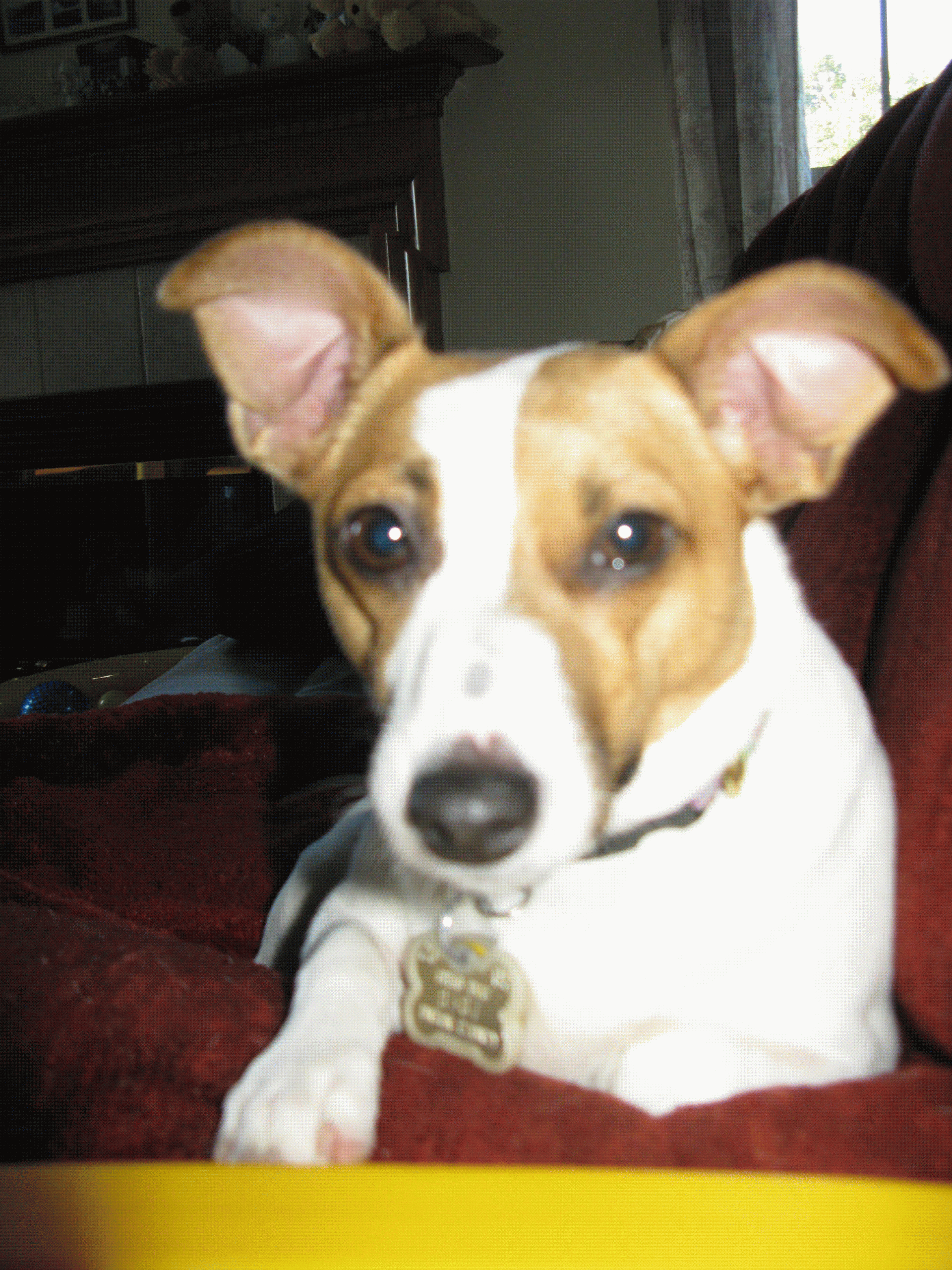Why some pets develop separation anxiety while others do not

Separation anxiety in pets is a common concern that many pet owners face, yet not all furry companions exhibit this behavior. As you leave for work or run errands, some pets may become distressed, while others remain perfectly content, eagerly awaiting your return without a hint of anxiety. Understanding why some pets develop separation anxiety while others do not is crucial for ensuring their well-being and fostering a harmonious home environment. This article delves into the various factors that contribute to this phenomenon, exploring the roles of genetics, early experiences, and environmental influences. By shedding light on these aspects, we aim to provide pet owners with valuable insights and practical tips to help manage or even prevent separation anxiety in their beloved companions. Whether you’re a seasoned pet owner or a new adopter, understanding these dynamics can enhance the bond you share with your pet and ensure a happier, more balanced life together.
Understanding the Roots of Pet Separation Anxiety
Pet separation anxiety can often be traced back to a variety of underlying factors, which may be deeply rooted in an animal’s early life experiences, genetics, or environment. Early socialization plays a critical role in shaping a pet’s comfort level with being alone. Pets that have had consistent, positive interactions with humans and other animals during their formative weeks are generally more adaptable. Conversely, those that experience abrupt weaning, frequent changes in ownership, or traumatic events may develop a fear of abandonment.
Additionally, genetic predispositions can influence the likelihood of a pet developing anxiety. Certain breeds, particularly those bred for companionship, might be more susceptible due to their innate desire for constant human interaction. Environmental factors such as changes in routine, lack of mental stimulation, or even owner behavior can exacerbate feelings of anxiety. For example, pets with owners who exhibit anxious behaviors themselves may inadvertently learn to mimic these traits. Understanding these roots can help in developing strategies to alleviate anxiety and ensure a healthier, happier life for our furry friends.

The Role of Early Socialization in Preventing Anxiety
Early socialization plays a crucial role in shaping a pet’s ability to cope with various life situations, including time spent alone. During the formative weeks and months of a pet’s life, exposure to different environments, people, and other animals can significantly influence their emotional development. A well-socialized pet is more likely to feel secure and confident, reducing the risk of developing anxiety-related behaviors, such as separation anxiety.
Key elements of effective early socialization include:
- Introducing pets to a variety of settings and sounds to build adaptability.
- Encouraging positive interactions with diverse individuals and other animals.
- Gradually increasing the time they spend alone to build independence.
By prioritizing these experiences, pet owners can foster resilience and emotional balance in their furry companions, helping them to remain calm and content even when left on their own.

Creating a Calming Environment for Your Pet
Ensuring that your pet feels safe and relaxed in their environment can significantly impact their well-being. A few thoughtful adjustments to their surroundings can help them cope better with times when they are alone. Consider creating a designated safe space where your pet can retreat. This could be a cozy corner with their favorite bed or blanket, away from the hustle and bustle of the household.
- Comfortable bedding – Choose a bed that supports your pet’s body and provides a sense of security.
- Familiar scents – Use your pet’s favorite toys or an item of clothing that smells like you to comfort them.
- Calming sounds – Soft music or white noise can mask unsettling external sounds.
- Consistent routine – Stick to a regular schedule for feeding and walks to provide a sense of predictability.
Additionally, consider incorporating enrichment activities to keep your pet engaged. Interactive toys or puzzle feeders can distract them from loneliness and reduce anxiety levels. The key is to make the environment as reassuring and stimulating as possible, helping your pet to associate being alone with positive experiences rather than stress.

Effective Strategies to Help Your Pet Cope with Alone Time
When it comes to helping your pet handle time alone, there are several effective strategies you can employ to ease their anxiety and make their alone time more manageable:
- Create a Safe Space: Designate a specific area in your home where your pet feels secure. This could be a cozy corner with their favorite bed, toys, and perhaps a piece of your clothing that carries your scent.
- Gradual Desensitization: Start by leaving your pet alone for short periods and gradually increase the duration. This helps them get used to your absence in a controlled manner.
- Interactive Toys and Puzzles: Provide toys that stimulate your pet’s mind and keep them occupied. Puzzle feeders or treat-dispensing toys can be particularly engaging.
- Consistent Routine: Establishing a routine can give your pet a sense of predictability and security. Try to keep feeding, walking, and playtimes consistent.
- Calming Aids: Consider using calming sprays, diffusers, or music designed for pets to create a soothing environment.
By implementing these strategies, you can help your pet build confidence and reduce anxiety, making alone time a less daunting experience for them.



